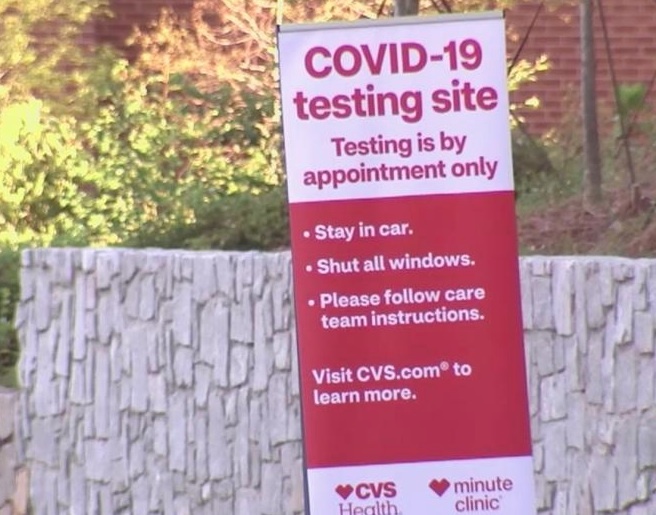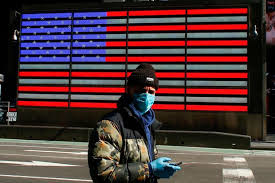
How To Interpret COVID-19 Statistics

COVID-19 Part 8: Georgia Sees Increase in Cases and Deaths 3 Weeks After Lifting Lockdown – Sweden Continues Without Clear Downward Trends

COVID-19 Part 7: New York and Massachusetts Continue to Improve – Sweden Is Less Clear – Monitoring Georgia 17 Days After Lifting Restrictions

COVID-19 Part 6: Massachusetts Tops New York in Daily Casualties While Sweden Seems to Magically Improve

COVID-19 Part 5: Massachusetts Tops New York in Number of Daily New Cases Per Capita

COVID-19 – Part 2: New York is the Epicenter of the World

COVID-19 From Perspective of a Healthcare Professional | Why The Metaphor of War Is Inaccurate

